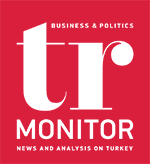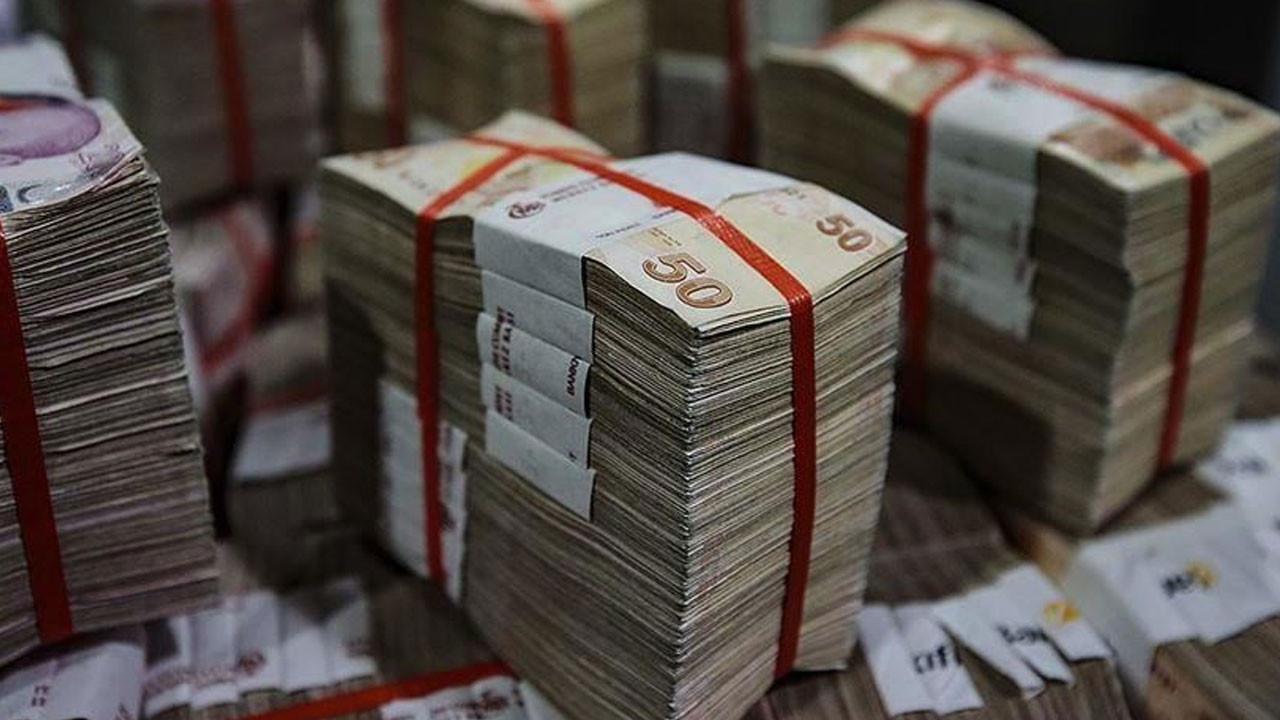BY ALAATTIN AKTAS
Turkey’s principal payment burden for its domestic debt jumped TRY 524bn and the interest rate burden soared TRY 1.7tr in a year.
Now, let’s take a look at the change in the composition of the domestic debt stock in a year.
The structure of the debt stock showed a limited change over the course of the year. The share of CPI-indexed securities in particular maintained the same share of the total debt stock. Its share, which stood at 23.2% in July 2021, rose just slightly to 23.4% this year.
The hike in the share of FX-indexed securities is more significant. The share of FX-indexed securities in the total stock rose from 25% to 30.2% in July 2021, as compared to July 2022.
But is this limited change in the shares enough to explain the TRY 1.7tr hike in the interest rate burden in a year? Yes!
It’s necessary to look at the jump in inflation and FX rates.
The payment prediction was made at the beginning of August 201, when USD/TRY and annual inflation stood at 8.50, and 18.95%, respectively. It’s normal to make calculations in line with these figures.
Then something happened. Decisions were made. The interest rate was cut and inflation increased. USD/TRY jumps. USD/TRY hit 18.00 and annual inflation reaches 80% in August 2022.
To calculate with 8.50 and 18.95% is one thing and to calculate with 18.00 and 80% is another thing when the burden of the future is calculated!
The hike in FX rates and inflation paved the way for such a result.
FX-INDEXED DOMESTIC DEBT WAS ZERO FOR SIX YEARS!
The ‘liraization’ concept was brought up. But the government in reality hasn’t adapted it – they’ve done the opposite. FX-indexed guarantees have been issued for years, and TRY assets have been indexed to FX with the FX-protected TRY deposit accounts (KKM). The Treasury took on FX-indexed domestic debt starting from the very beginning.
DOMESTIC DEBT INDEXED TO FX. HOW NICE!
The share of FX-indexed debt in the domestic debt exceeded 30% for the first time at the end of July 2022.
There was also FX-indexed domestic debt in 2003-2009. Then, this amount declined and fell to zero in 2012. There was no FX-indexed domestic debt from 2012-2017. Six whole years.
FX-indexed borrowing, which started with a symbolic amount in 2018, has gradually increased. Now, 30.2% of Turkey’s domestic debt has been indexed to FX as of the end of July 2022.
Almost one-third of domestic debt will be indexed to FX and the debt payment burden for the coming years won’t increase. Is this really possible?
Accordingly, the amount that has been realized as the interest rate burden will surge.










